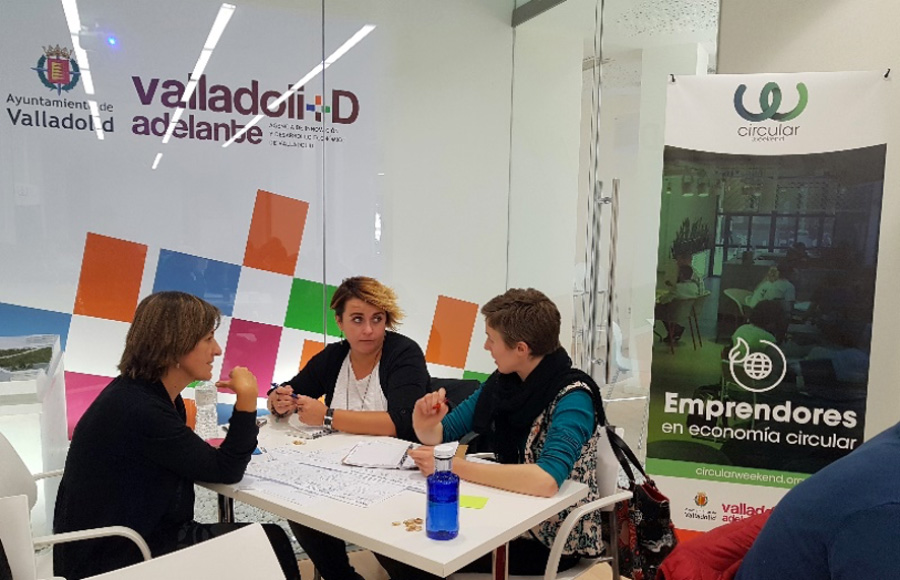Design and production
Circular design and production models embed strategies that support reducing and recycling resources already in the design and production phase. They (re-)design and (re-)develop existing or new products and processes in order to optimise circularity. The products should last longer and should be easy to maintain, repair, upgrade, refurbish, remanufacture or recycle. In addition, new materials can be developed or sourced that are, for example, bio-based, less resource-intensive, or fully recyclable. Financing such innovations does not differ much from financing other innovations or R&D projects because risks are similar.
Examples of (components of) circular design and production models are:
- Modular product designs that enable easy repair, disassembly and recycling, and longer product life
- Substituting virgin materials with secondary (recycled) materials
- Minimising the input of hazardous substances to facilitate and ease reuse and recycling
- Development/deployment of innovative materials and process technologies that increase circular resource efficiency
Circular design and production in cities
When it comes to implementing modular design and using secondary materials, the construction sector is an interesting example.1 Building modules are often produced in factories and subsequently assembled on site. This approach to modular construction contributes to circularity mainly because the modules and materials can be disassembled rather than demolished and subsequently repaired, modified, relocated, refurbished, and reused.
Modular design is still a small, niche trend, but it is emerging in other sectors as well, such as consumer electronics. In 2019, Fairphone ![]() launched its Fairphone 3 with a modular, repairable design (including a specific screwdriver) that will increase the longevity of the phone.
launched its Fairphone 3 with a modular, repairable design (including a specific screwdriver) that will increase the longevity of the phone.
The utilisation of secondary materials, minimisation of the input of hazardous substances and deployment of innovative materials are happening in all sectors.
Learn more about circularity in different sectors here.
Funding your circular design or production project
Do you have an innovative idea for circular product design or production? Do you want to improve the circular design of your products or upscale your circular production? Do you want to replace your virgin or hazardous feedstock with secondary, less hazardous inputs? Chances are you are eligible for different types of financing.
Generally, financial instruments are available for circular initiatives in all stages of the innovation or project development process; from basic research to commercial demonstration and scale-up. Learn more about the different funding types and their applicability here.







